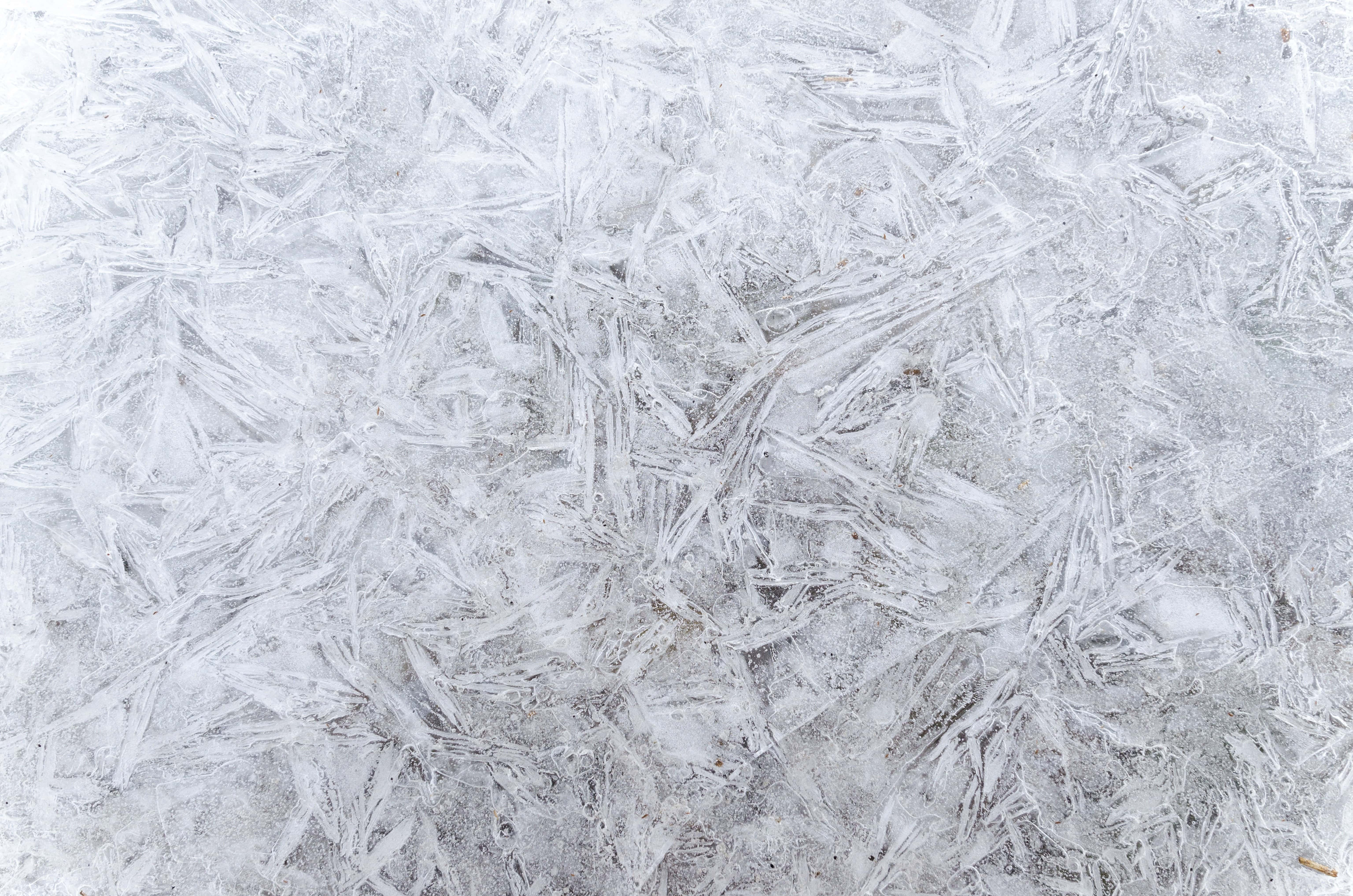
BISMARCK, N.D. (G&F) – Hunters, anglers and trappers are reminded to be aware of early ice conditions before traveling onto and across North Dakota waters.
A few reminders include:
- Edges firm up faster than farther out from shore.
- Snow insulates ice, which in turn inhibits solid ice formation, hiding cracks, weak and open water areas.
- Ice can form overnight, causing unstable conditions. Ice thickness is not consistent, as it can vary significantly within a few inches.
- Avoid cracks, pressure ridges, slushy or darker areas that signal thinner ice. The same goes for ice that forms around partially submerged trees, brush, embankments or other structures.
- Anglers should drill test holes as they make their way out on the lake, and an ice chisel should be used to check ice thickness while moving around.
- Daily temperature changes cause ice to expand and contract, affecting its strength.
- The following minimums are recommended for travel on clear-blue lake ice formed under ideal conditions. However, early in the winter it’s a good idea to double these figures to be safe: 4 inches for a group walking single file; 6 inches for a snowmobile or all-terrain vehicle; 8-12 inches for an automobile; and 12-15 inches for a pickup/truck.
And some life-saving safety tips:
- Wear a personal flotation device and carry a cell phone.
- Carry ice picks or a set of screwdrivers to pull yourself back on the ice if you fall through.
- If someone breaks through the ice, call 911 immediately. Rescue attempts should employ a long pole, board, rope, blanket or snowmobile suit. If that’s not possible, throw the victim a life jacket, empty water jug or other buoyant object. Go to the victim as a last resort, but do this by forming a human chain where rescuers lie on the ice with each person holding the feet of the person in front.
- To treat hypothermia, replace wet clothing with dry clothing and immediately transport the victim to a hospital.
